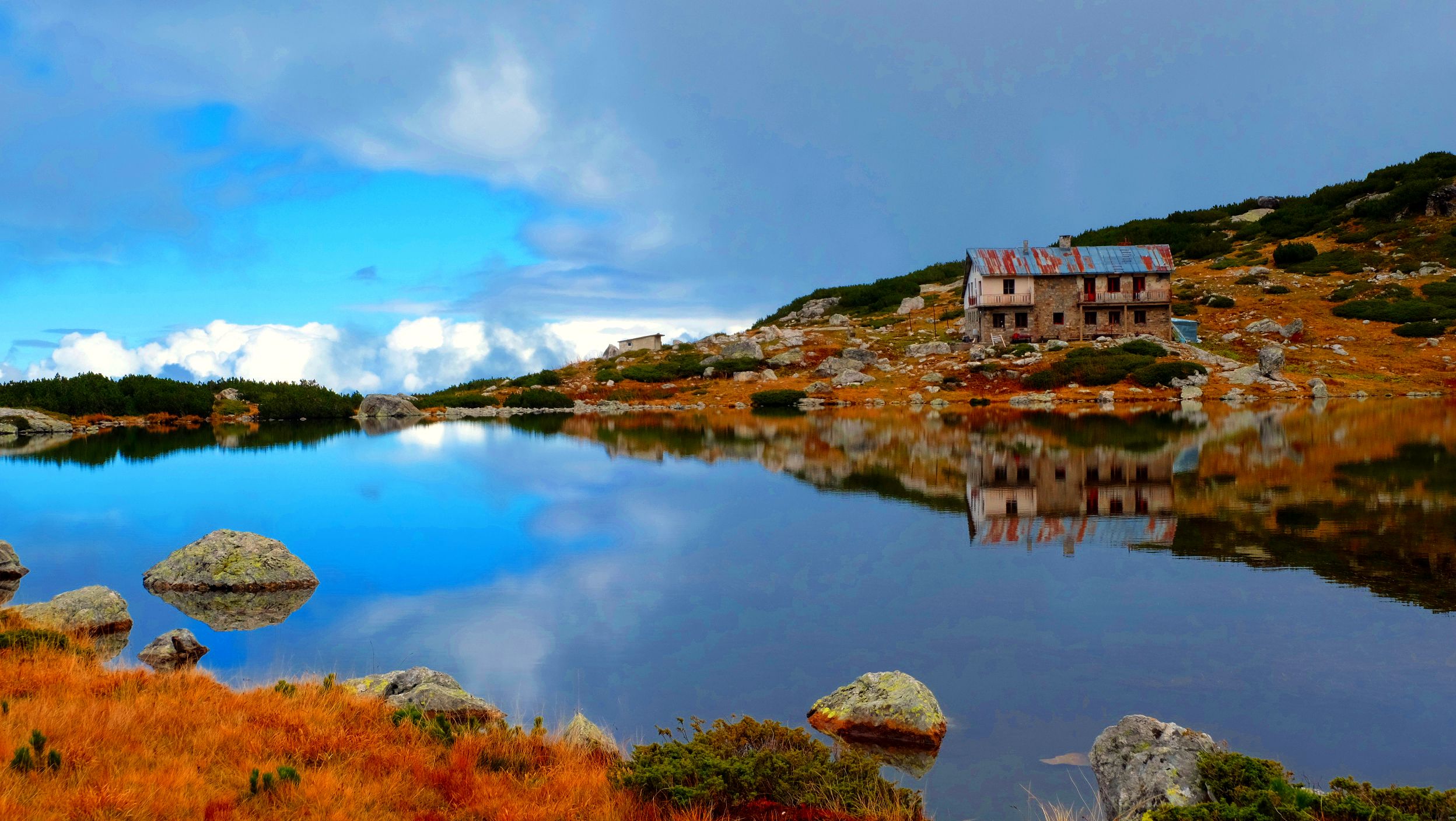What foreigners and locals alike love about Bulgaria, part 1
Written and photos by Anna Kerezsi, edited by Lindsay Martin and Andrea Vushkova
Bulgaria is situated on the Balkan peninsula, in the southeastern part of Europe. Its unique landscape gives a wide range of different conditions from the cold mountain climate to the mild and sunny Mediterranean one. Therefore, you should prepare yourself with a bathing suit, a warm winter jacket, and good-quality hiking boots. The country is surrounded by Romania and the Danube river to the north, the Black Sea to the east, Turkey and Greece to the south, and Serbia and Northern Macedonia with the Balkan Mountains to the west.
Sofia is located in Western Bulgaria, at the foot of Vitosha Mountain. I have been working on this article for many months so I’ve had the opportunity to gather lots of information about what people love here. I personally visited 11 different places in Bulgaria last summer and the collected answers show me there are many more sites out there to admire! Let’s start with the biggest attraction:
Bulgarian mountains!
There is a song you must hear to grasp the feeling of the mountain vibes!
I cannot tell you how much I love the mountains! I came from a country with the highest peak being 1014 meters, and now I can climb up to 2000 meters on any weekend! The air is always fresh, the sun is always shining, the atmosphere is calm and energizing. The highest peak in Bulgaria, called Musala, is situated in the Rila mountain range and is 2925 meters above sea level. There are more than 40 other peaks to discover (8 of which are up to 2000 meters).
One of the most popular hiking destinations is the Seven Rila lakes (in Bulgarian Седемте рилски езера), around 2 hours from Sofia by car. I am not an experienced hiker yet but I am so proud of myself for taking this hiking challenge, especially at the end of October! The route starts with a ski lift, but you can walk up as well. I’m a big fan of hiking lifts because of the view. Up there a nice cantine-like restaurant awaits to make you feel cozy with a nice cup of coffee or the daily local dish. It was both our start and endpoint, and we could see it from a distance as a point of reference. There are several paths that you can take but we felt safer following the crowd and overcoming the difficult part first.
Another popular hiking destination is the Rhodope Mountains (Родопи). It is on my list to visit soon. It is home to some of the most charming traditional villages in the country. You can also hike and ski here at Pamporovo, one of the biggest ski resorts in Bulgaria. A lift is also available in Chepelare, where you’ll have the cozier atmosphere of a little mountain town. The Rhodopes are known for their caves and the highest waterfall in one of them. Legend has it that the Devil’s Throat Cave is the place where Orpheus entered the Underworld. The Rhodope Mountains were the land of the ancient Thracians, the ancient Romans, and the proto-Bulgarians as well. Along with the ruins of Roman villages, many Thracian sanctuaries, mounds, and rock-hewn tombs can be found here.
If you are looking for easy to reach hiking trails and day trips, I can recommend an article written by our team on our favorite hiking spots in Bulgaria.
Last but not least, I have to mention an obvious trip destination if you live in Sofia. If you are tired of the cars and concrete buildings around town, you should visit the majestic Vitosha Mountain (Витоша)!
With its highest peak called Cherni Vrah (Черни връх, the Black Peak, 2290 meters high), Vitosha is one of the symbols of Sofia, and the closest site for hiking, mountaineering, and skiing. I often go up via the lift at Simeonovo, not far from the Ring Mall. Vitosha offers a variety of hikes for any hiking ability and distance you may want. I prefer the easiest paths to enjoy the view of Sofia from 2000 meters above sea level. This place is my personal record because Hungary’s highest peak is only 1014 meters (Kékestető, meaning blueish roof). There are several more ways to go up there, unfortunately, some of the lifts are not in operation anymore. Simeonovo lift works on weekends from 10 am to 5 pm.
Besides Vitosha, there are quite a few hiking trails near Sofia. Check our team's recommendations.

Some geographical facts of Bulgaria you need to know:
- The highest point of the country is Musala (2925 m), while the lowest is the Black Sea. (0 m). The average elevation of Bulgaria is 470 m.
- The Balkan Mountains surround the Sofia Valley to the north with an elevation of 550 m.
- The temperature mostly varies between -5° and 3°C during winter, and 12° – 27°C during summer. The humidity is quite high throughout the whole year.
- The Mediterranean and the Atlantic oceans heavily influence Bulgaria’s climate. Ocean air masses flow here, causing a lot of rain and wind with cool weather in spring and autumn.
- If you want to learn more, check out this article.
This article is the first part of a series to be continued here in part 2 and part 3 in the coming weeks